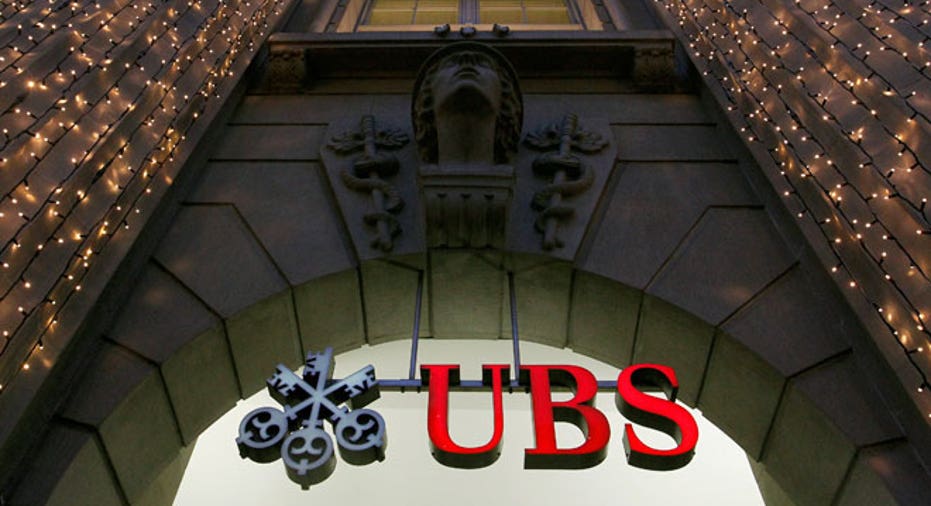Swiss Watchdog Unveils Bank Failure Gameplan

If Switzerland’s major banks are threatened with failure, their bailout should be a group-wide effort, a watchdog for the country’s financial sector argued in a paper released Wednesday.
The Swiss Financial Market Supervisory Authority (FINMA) says the government should only get involved once the country’s two biggest banks, UBS (NYSE:UBS) and Credit Suisse (NYSE:CS), are first rescued by their creditors and shareholders.
“If the threat of insolvency is removed, a market-based economic system loses its key disciplining element,” FINMA said in the paper. “Given the ‘too big to fail’ issue with systemically important banks, an effective, internationally coordinated recovery and resolution strategy is vitally important.”
The Swiss are hoping to avoid another bailout of the scale of UBS’ $60 billion rescue in 2008 at the height of the global financial crisis. Major governments around the world, including the U.S., are still being paid back for bailouts handed out five years ago.
Under FINMA’s plan, Zurich’s systematically important banks would be taken through a “bail-in” process, where FINMA would distribute losses across a range of the bank’s creditor groups, including its shareholders, then bondholders and--in worse-case scenarios--a government bailout to the tune of 300 billion Swiss francs per bank in uninsured deposits.
The process would create the time necessary to reorganize the viable parts of a bank and transfer them to a more sustainable model. It allows operations to continue with “significant interruption,” Finma said.
“This increases the likelihood that the recovery or resolution of a global systemically important bank will not affect system stability in the home country of the bank or abroad,” it said.
The approach, also known as the “single point of entry,” would start with the top-level group company and would enable the “orderly wind-down” of foreign subsidiaries.
UBS, Switzerland’s largest bank by assets, just last week said it planned to buy the remainder of the Swiss National Bank’s bailout fund in the fourth quarter.
The fund was given to UBS in 2008 in a desperate maneuver to help it remove toxic assets. In exchange, the Swiss National Bank took a 9% stake in UBS, which it sold for a profit a year later.